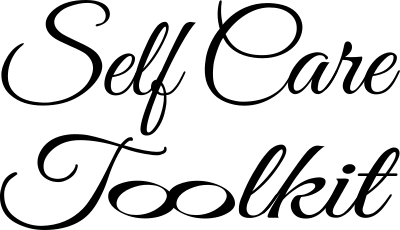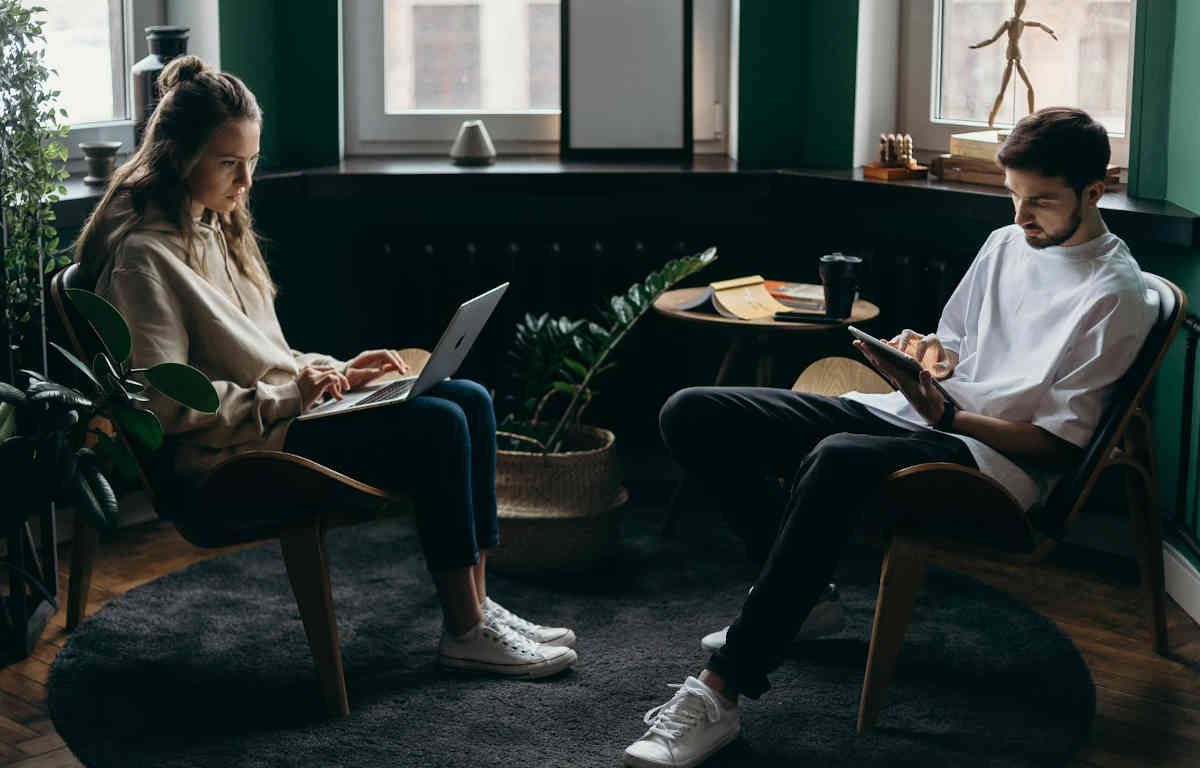We live in a time where we rely on our devices for everyday life. Unfortunately, that reliance on the digital world takes a toll on us. By purposely taking a break from technology, we can limit our reliance on it and reduce our overall stress levels. Whether you disconnect from the digital world for part of the day or longer stretches of time, you will see the benefits across different areas of your life. Learn how to do a digital detox to support your personal self care.
Steps To Detox
A digital detox is a period of time away from using digital devices. Unlike other detox approaches, this isn’t absolute refrain forever. It is an approach to help you be intentional with your use of technology. That includes your use of smartphones, computers, and social media platforms. If the very thought of doing a digital detox terrifies you, it’s probably a sign you should take one. Like all self care tools, start small, and build from there.
Manage your daily schedule
Start by making a decision of when you will be checking your devices throughout the day. The more you can streamline when you plug-in, the more you can control your time. This will be challenging at first, we have all become accustomed to reach for our phones non-stop, regardless of where we find ourselves. It will be a slow process, and don’t beat yourself up if you find yourself reaching for it. The more aware you become of your actions, the easier it is going to be to make a choice whether or not you follow through with it. Try to hold off until your scheduled time.
Disconnect completely
Another way to detox from the digital world is to take longer breaks, stretching over the course of at least a full day to several weeks. This will require forethought and making plans ahead of time to decide what activities will occupy you. We have come to rely on our phones for stimulation. If you don’t have a plan in place, a digital detox can cause you more stress, and you may be inclined to give up more easily. Many people find that escaping to a remote area helps them be more successful.
With extended digital detox plans, you should ensure that anyone that normally would be reaching out is aware you are taking a break. By sharing with them what you are doing, you are not only setting a boundary, but you are also making sure that you have a check-in time of when they can expect you to be available.
Change your behaviour
Place your devices out of reach so they are harder for you to pick up. And don’t rely on them to pass the time. It’s easy to get sucked in to long periods of scrolling if you don’t set a timer or make a conscious decision of when you are going to stop.
Limit where you use devices as well. By prioritizing time with friends or family as device-free, you can focus on connecting with one another. For example, if you are sitting down to dinner, don’t have devices on the table serving as a distraction. This is another way for you to be mindful in the day. Focus on what you are eating, which normally translates into a more enjoyable meal.
At night, it’s good to leave devices outside of your bedroom, so that you can focus on quality sleep. This can be part of your wind down routine. Ensure that people in your life know that you will disconnect so that there is no expectation of you replying late into the night.
Review your digital needs
Do a regular audit on what apps and feeds you use. Limit access to those that are truly needed in your life. Adjust the settings on your devices to reduce notifications to critical ones only. You can check the rest at scheduled times. This will result in finding time in your day you didn’t even know you had. Additionally, audit your social media accounts and delete any that are not serving you. For the ones you keep, remove or block people that make you feel negative.
Benefits Of A Digital Detox
Although our digital networks can be grand, those relationships are usually not as nurturing. This isn’t to say that a specific relationship can’t be incredibly supportive and loving, but the odds of that being the case are low. Typically, people that rely on their digital networks for day-to-day expression are also very lonely in the real world. Despite being connected, they often feel disconnected from the real world.
We only see the best of someone’s life online, and some of that will be fake. Most people don’t share the negatives of their lives, their mistakes, or their struggles. And when they do, it’s usually only surface level and somehow there is normally a silver lining. By only feeding your mind these narratives, you start to compare yourself to what you see, and forget that life is messy and unfair. This can lead to negative beliefs about yourself. It can also reduce your productivity and motivation, and cause depression or anxiety.
The interconnectedness of our world now also implies that issues somewhere else can impact us at home. We are inundated with negative world events across our devices, increasing our overall stress even if it is halfway across the globe.
By disconnecting, you are giving your mind time to destress, recharge, and focus on what matters. Digital detoxing helps improve your in-person relationships, as well as your health. By disconnecting earlier in the day, you get better sleep at night, which sets you up to handle stress better, and maximize your self care.
Have you tried a digital detox yet?
If you track the amount of time you spend on digital devices, you would be surprised at how much time you willingly give up. We all feel we need more time, and this is one way you can regain control of your life. Eliminating our digital devices from our lives is unlikely given how far technology has come. By consciously allotting limited time to it, you can maximize the tools that help you, and eliminate the ones that impact your health.
IMAGE CREDIT: Pexels | Conttonbro Studio.

